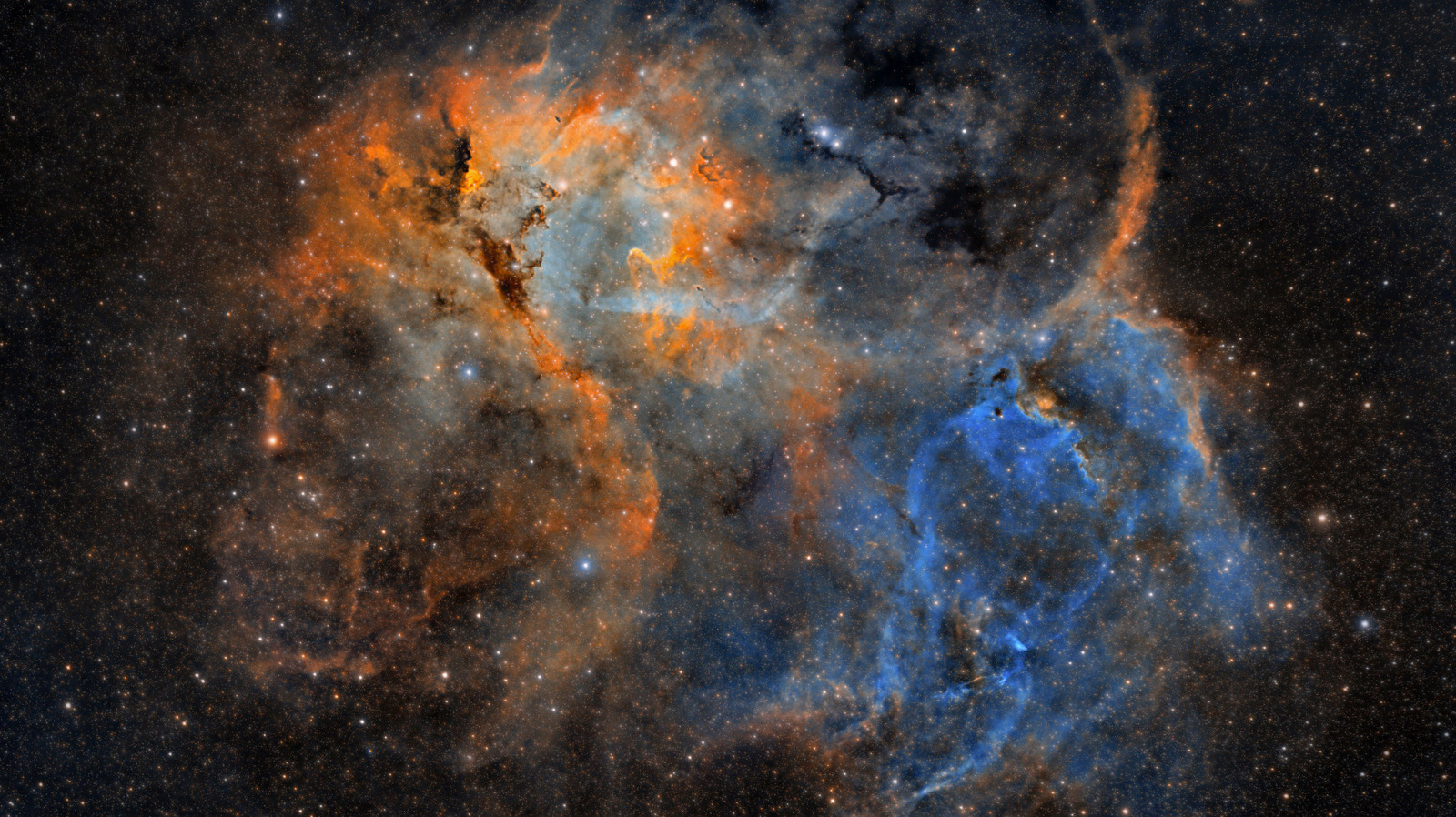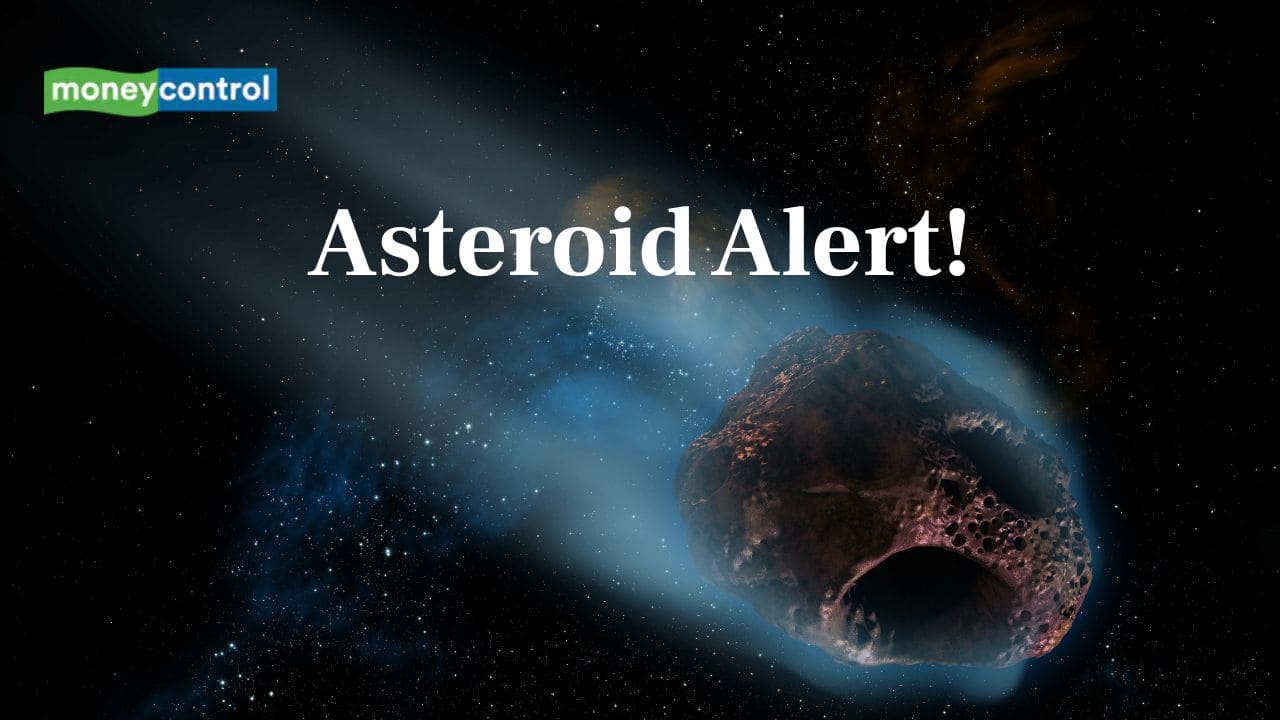China Achieves Groundbreaking Daylight Laser-Ranging to the Moon

In a pivotal moment for global space exploration, China has made a historic leap by successfully firing a precision laser from Earth, directing it towards the Moon and back, covering a distance of 80,778 miles (130,000 kilometers) in broad daylight. This extraordinary achievement was executed by the Deep Space Exploration Laboratory (DSEL) and marks the first successful Earth-to-Moon laser-ranging shot during daylight hours. The accomplishment was reported by Xinhua News Agency and is anticipated to significantly bolster China’s aspirations in lunar exploration as well as deep-space missions. This technological breakthrough is a crucial advancement in supporting China’s future lunar communications and navigation networks, particularly as it aims for a crewed Moon landing by the year 2030.
A Milestone in Earth-Moon Communication Technology
Laser-ranging technology has long been recognized as the gold standard for accurately pinpointing satellite orbits, providing centimeter-level precision in measurements. Until this momentous event, the laser-ranging technique was primarily limited to nighttime operations due to the disruptive effects of solar glare. However, during a two-day experimental period on April 26-27, 2025, the DSEL successfully transmitted laser pulses to the Tiandu-1 satellite, which was positioned about one-third of the way to the Moon. This represents a transformative shift in space technology, as the newfound capability to perform such precise operations in daylight unlocks new opportunities for continuous data collection and orbital measurements. Launched in March 2024, the Tiandu-1 satellite is part of a broader fleet of spacecraft designed to create a comprehensive Earth-Moon communication and navigation network.
An Exacting Task: Aiming at a Moving Target
The level of precision needed to achieve this daylight laser ranging is astounding. The DSEL team likened the complexity of the task to aiming at a single hair from a distance of over 6.2 miles (10 kilometers), all while the satellite hurtles through cislunar space at impressive speeds. This degree of accuracy not only requires state-of-the-art technology but also extensive tracking capabilities. The successful execution of measurements in daylight means that China can now gather essential orbital data every time the Tiandu-1 satellite comes into view, significantly increasing the volume of usable measurements. Consequently, this technology enhances long-baseline positioning, which is vital for future deep-space missions.
Implications for China’s Lunar Plans
This breakthrough is vital for the realization of China’s lunar objectives. It notably enhances the operational capabilities of the Queqiao constellation, which functions as a relay and navigation network integral to lunar missions. The constellation is designed to provide seamless communication, precise timing, and autonomous navigation for lunar landers, rovers, and astronauts alike. The satellite laser ranging system will be crucial for mission planning and execution, improving various aspects from landing guidance to coordinating rover fleets. Additionally, it will enable the exploration of permanently shadowed lunar craters, which are believed to contain water ice—an essential resource for sustained lunar exploration.
Expanding the Frontiers of Technology
The laboratory emphasized to CCTV that DSEL’s success in daylight laser-ranging “expands the limits of the technology,” underscoring the achievement's importance. Once deemed impractical, the ability to conduct precision measurements in sunlight has now become feasible through the development of innovative techniques. Researchers can now measure the distance between Earth and the Moon at any time the satellite is visible, greatly increasing the frequency and volume of data collected. This groundbreaking advancement lays the foundation for future innovations in space exploration, potentially enabling more frequent and accurate missions to the Moon and beyond.



























